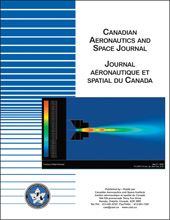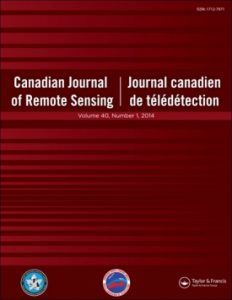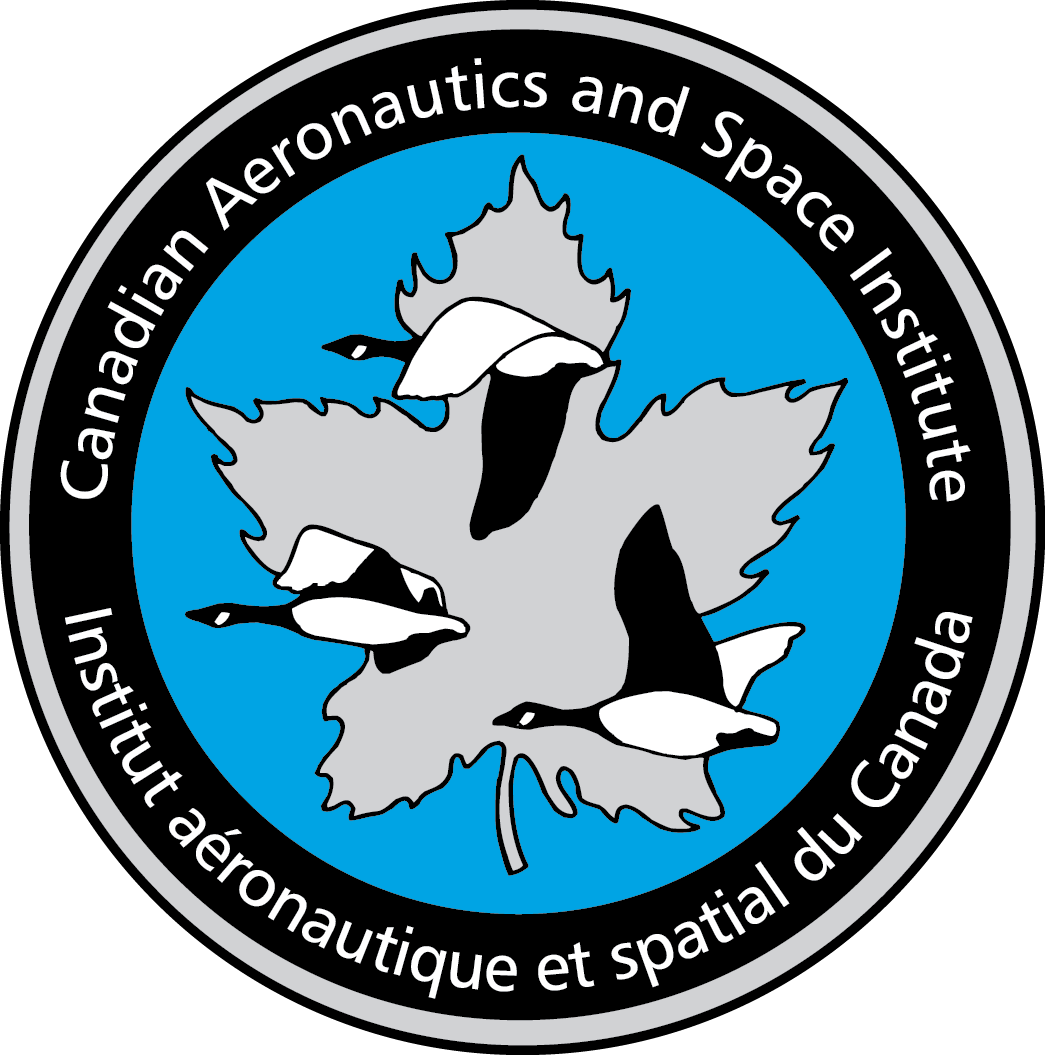Canadian Aeronautics and Space Institute Institut aéronautique et spatial du Canada |
CASI Publications
Canadian Aeronautics and Space Journal
 The Canadian Aeronautics and Space Journal (CASJ) is the official journal of CASI. The CASJ is devoted to the timely reporting of fundamental and applied research, new technologies and other developments in the aerospace sciences and related fields to the international community. The Editorial Board will consider publishing material ranging from advanced theoretical treatises to the dissemination of experimental results, as well as book reviews and abstracts of recent reports and publications of Canadian aerospace research organizations. All manuscripts require favourable peer review prior to publication.
The Canadian Aeronautics and Space Journal (CASJ) is the official journal of CASI. The CASJ is devoted to the timely reporting of fundamental and applied research, new technologies and other developments in the aerospace sciences and related fields to the international community. The Editorial Board will consider publishing material ranging from advanced theoretical treatises to the dissemination of experimental results, as well as book reviews and abstracts of recent reports and publications of Canadian aerospace research organizations. All manuscripts require favourable peer review prior to publication.
In addition to the dissemination of the technical material published in the Canadian Aeronautics and Space Journal through its member, institutional and complementary subscriptions, the material published in the CASJ is also represented in the AIAA Aerospace and High Technology database, the Cambridge Scientific Abstracts Mechanical Engineering and Transportation Abstracts database, the Cambridge Scientific Abstracts Civil Engineering Abstracts, the Engineering Information Inc. Compendex and the National Research Council – CISTI Source.
CASJ | Canadian Aeronautics and Space Journal
Canadian Journal of Remote Sensing
 Published by Taylor and Francis Online: The Canadian Journal of Remote Sensing /Journal canadien de télédétection (CJRS-JCT) is a publication of the Canadian Aeronautics and Space Institute (CASI) and the official journal of the Canadian Remote Sensing Society (CRSS-SCT). The Canadian Journal of Remote Sensing provides a forum for the publication of scientific research and review articles. The journal, published since 1974, has seen consistent growth in content over the past few years, and is converting to the Open Access model from its 2023 volume. This move to Open Access will ensure that moving forward, CJRS-JCT continues to publish the latest multidisciplinary research in remote sensing and makes its content freely available to all. Taylor & Francis will continue to provide access to previous volumes through a Pay to Read model.
Published by Taylor and Francis Online: The Canadian Journal of Remote Sensing /Journal canadien de télédétection (CJRS-JCT) is a publication of the Canadian Aeronautics and Space Institute (CASI) and the official journal of the Canadian Remote Sensing Society (CRSS-SCT). The Canadian Journal of Remote Sensing provides a forum for the publication of scientific research and review articles. The journal, published since 1974, has seen consistent growth in content over the past few years, and is converting to the Open Access model from its 2023 volume. This move to Open Access will ensure that moving forward, CJRS-JCT continues to publish the latest multidisciplinary research in remote sensing and makes its content freely available to all. Taylor & Francis will continue to provide access to previous volumes through a Pay to Read model.
The journal publishes topics including sensor and algorithm development, image processing techniques and advances focused on a wide range of remote sensing applications including, but not restricted to, forestry and agriculture, ecology, hydrology and water resources, oceans and ice, geology, urban, atmosphere, and environmental science. Articles can cover local to global scales and can be directly relevant to the Canadian, or equally important, the international community. The international editorial board provides expertise in a wide range of remote sensing theory and applications. Articles can be published in English or French. All papers are published with an abstract and their title in both languages.
CJRS | Canadian Journal of Remote Sensing
Proceedings & Other Publications
All of the papers presented at our events are available in Proceedings published in CD-ROM, DVD format or on an FTP site. Older Proceedings are available in bound-volume format.
Back issues of the Canadian Aeronautics and Space Journal are also available. Articles are $10.00 each.All CD’s (DVD’s and access to the FTP site) are $49.95 (plus applicable taxes and shipping).
If you would like to purchase Proceedings or would like to inquire about other publications, please contact publications@casi.ca
